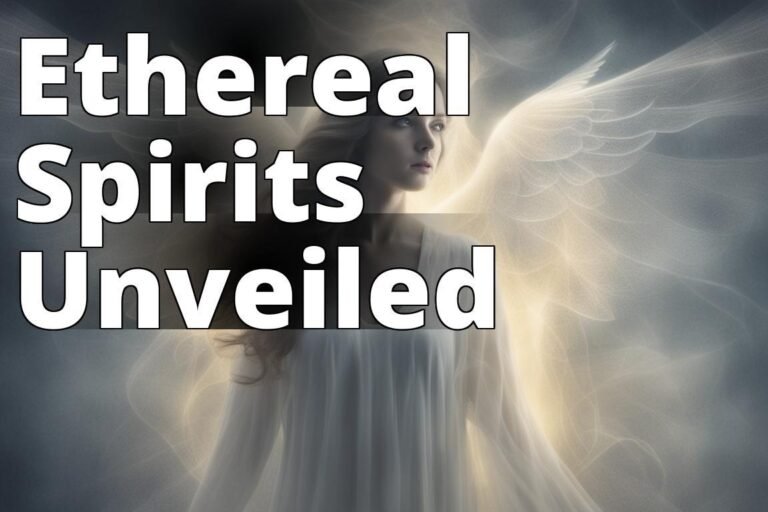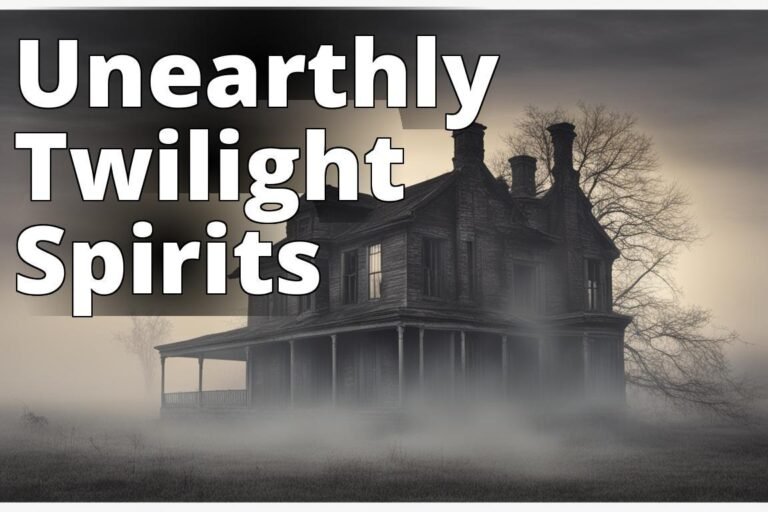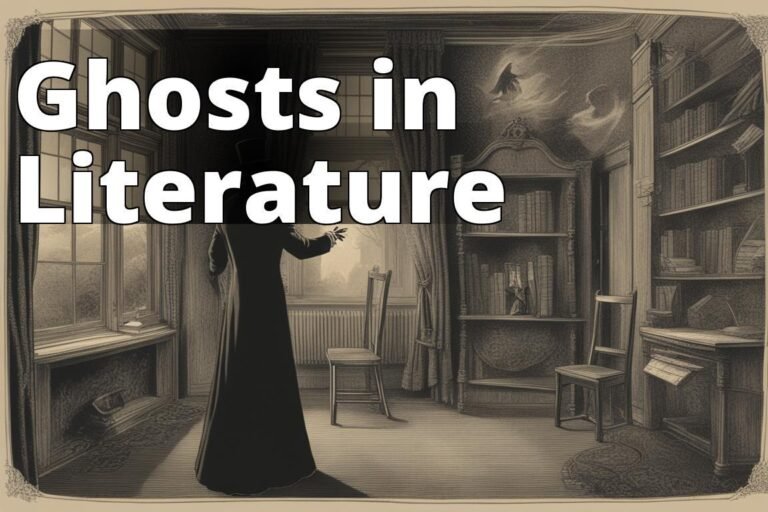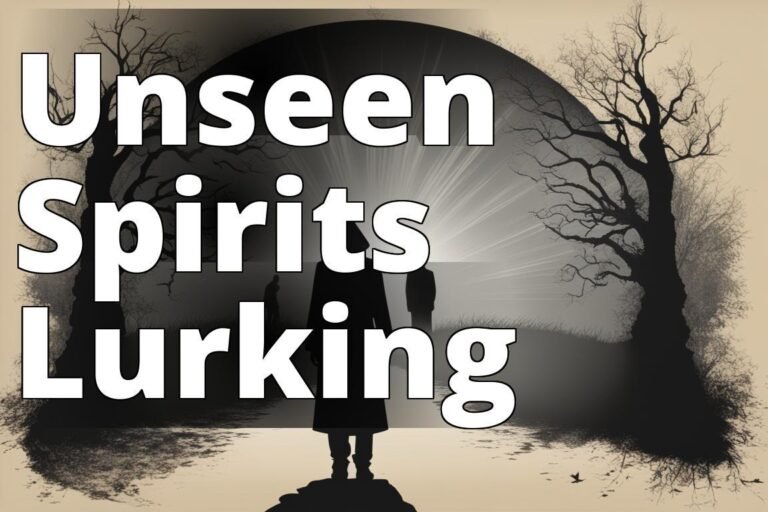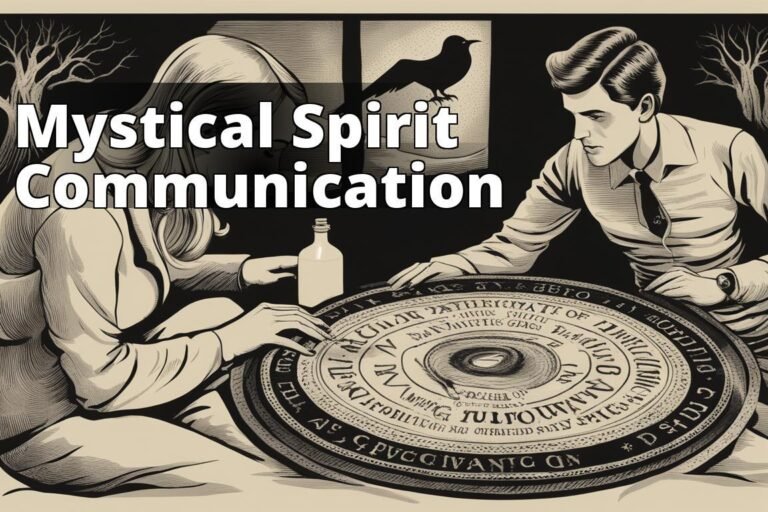The 10 Best Ghost Stories
What do ghosts mean in literature? This isn’t just a question for a Halloween trivia night; it’s a window into understanding how our ancestors dealt with the mysteries of life, death, and what might lie beyond. Ghost stories, especially classic ones, serve as a mirror reflecting societal fears, desires, and the unexplained phenomena of their times. From the eerie settings of Victorian England to the psychological depths of 20th-century America, these tales offer more than just a good scare; they provide a glimpse into the human psyche and its eternal confrontation with the unknown.
Learn about ghosts in literature
- Ghosts in literature often symbolize unresolved issues or trauma.
- They can represent guilt, fear, or the unknown.
- Ghost stories in literature often explore the complexities of the human psyche.
The 10 Best Ghost Stories
Let’s embark on a spectral journey through time, exploring ten of the best classic ghost stories that have continued to haunt, fascinate, and entertain generations of readers. Each of these tales, with their phantoms, mysterious occurrences, and eerie atmospheres, not only stands as a pinnacle of the genre but also offers a unique perspective on what ghosts mean in literature.
1. The Signal-Man by Charles Dickens
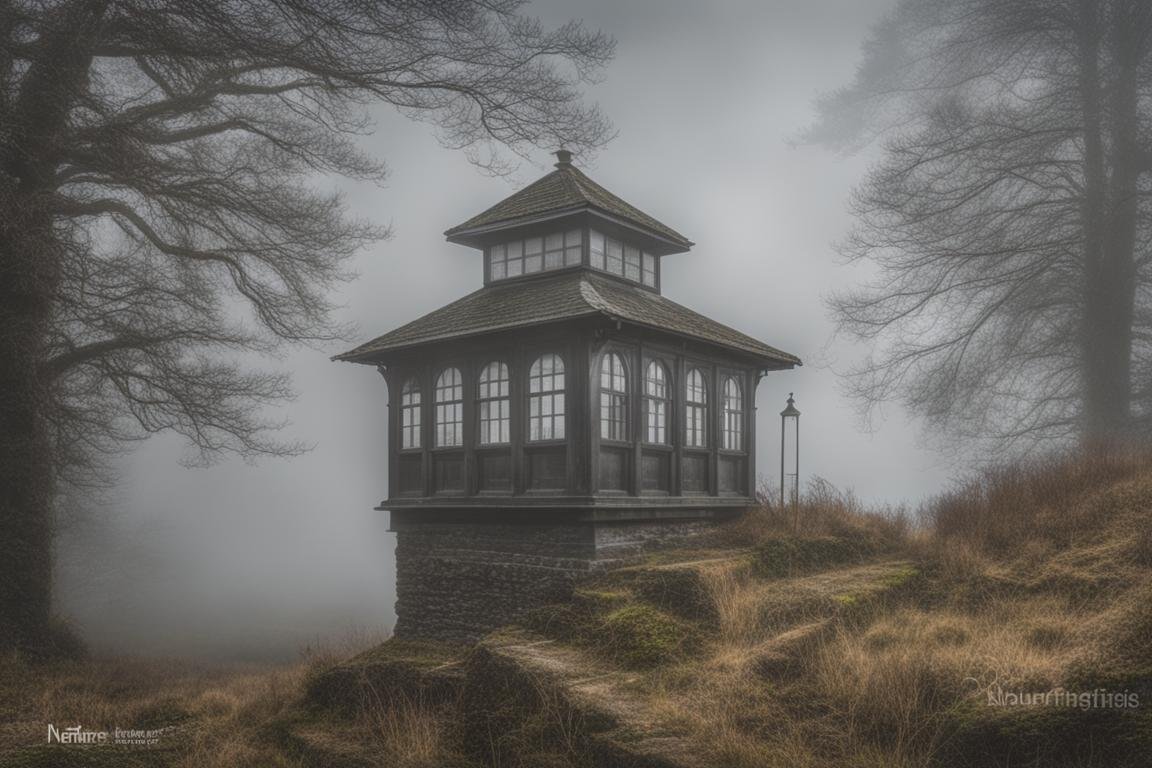
Charles Dickens “The Signal-Man” is a masterclass in atmospheric tension. Set in a lonely railway cutting, the story’s spectral visitor serves as a premonition of tragedy. Dickens, with his usual flair, uses the ghost as a metaphor for technological progress and its discontents, reflecting societal anxieties about the Industrial Revolution.
Insider Tip: Pay attention to how Dickens crafts the setting as a character in its own right, intensifying the storys haunting quality.
2. The Beckoning Fair One by Oliver Onions
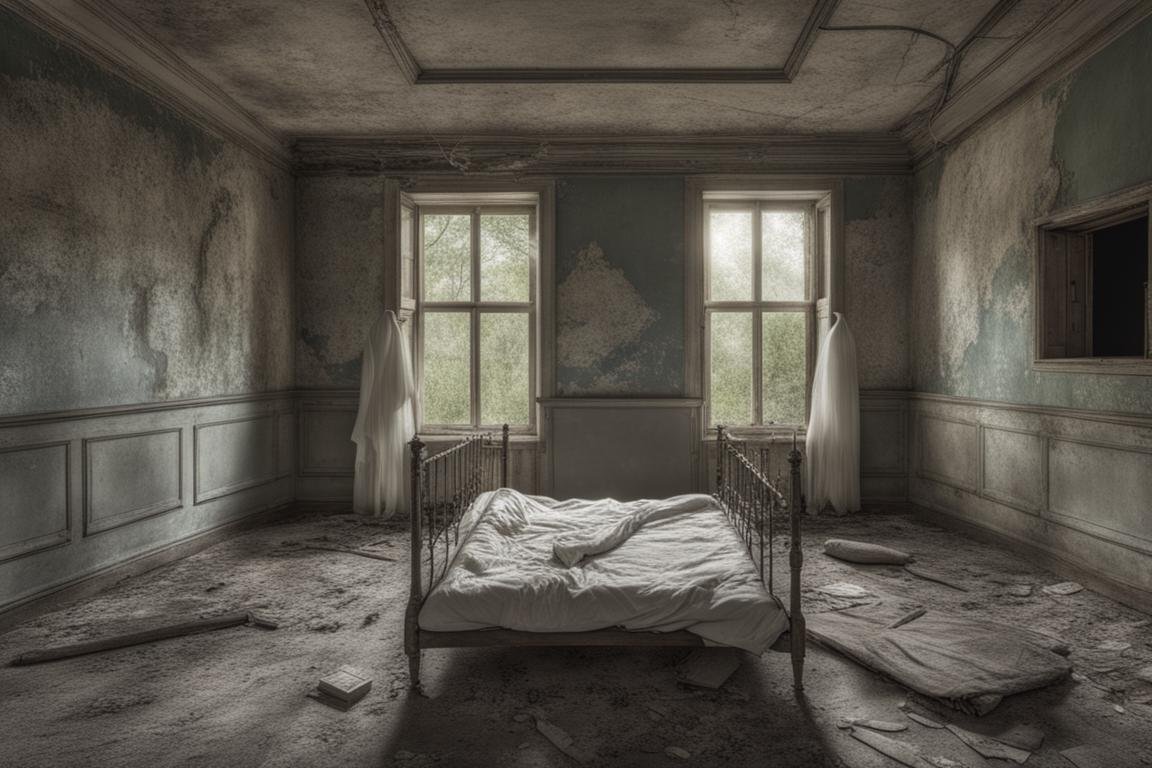
Oliver Onions takes the reader through a psychological spiral in “The Beckoning Fair One.” This narrative delves into the mind of a writer consumed by his haunting, blurring the lines between reality and hallucination. Onions explores the theme of isolation and the creative process, making the ghostly presence an allegory for the destructive nature of obsession.
Insider Tip: Notice how the haunted house acts not just as a setting, but as a catalyst for the protagonists psychological unraveling.
3. The Jolly Corner by Henry James
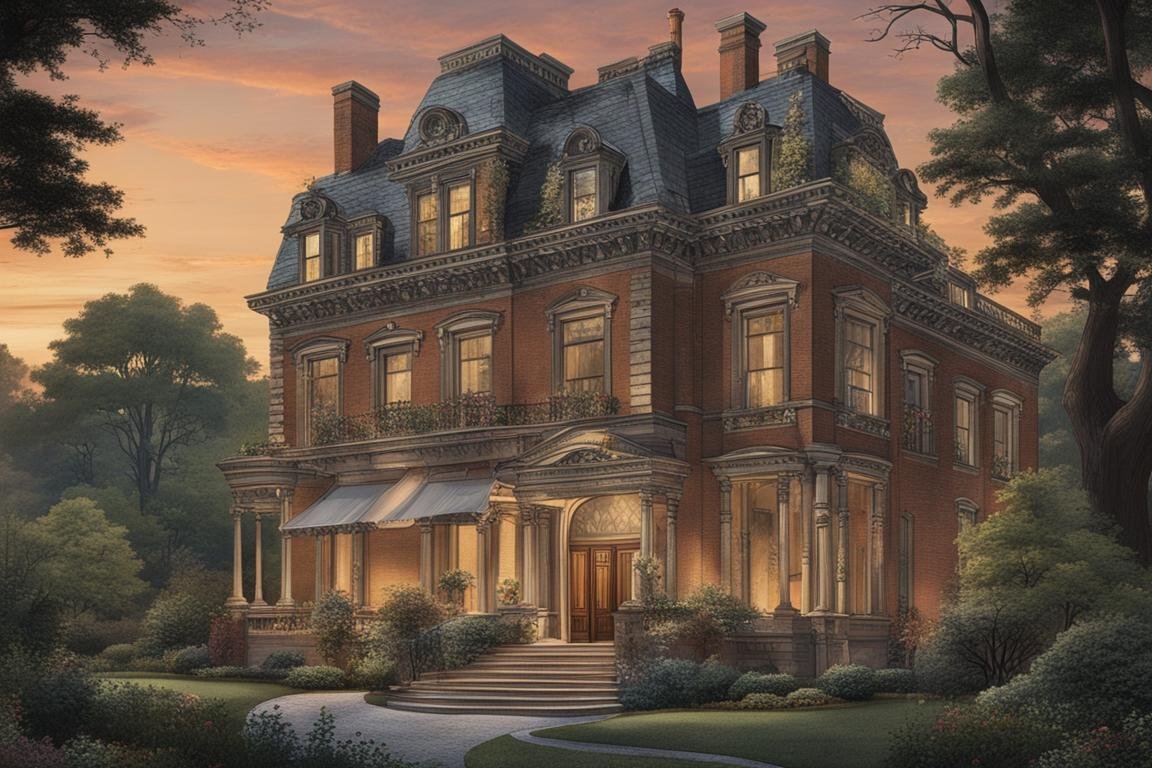
In “The Jolly Corner,” Henry James presents a haunting of a different kind: the specter of the life not lived. The protagonist’s encounter with his alter ego, a ghostly presence in his old New York home, confronts the reader with the existential dread of potential unfulfilled, a theme as relevant now as it was then.
Insider Tip: Reflect on Jamess use of the ghost as a symbol for personal introspection and the choices that define us.
4. The Open Window by Saki
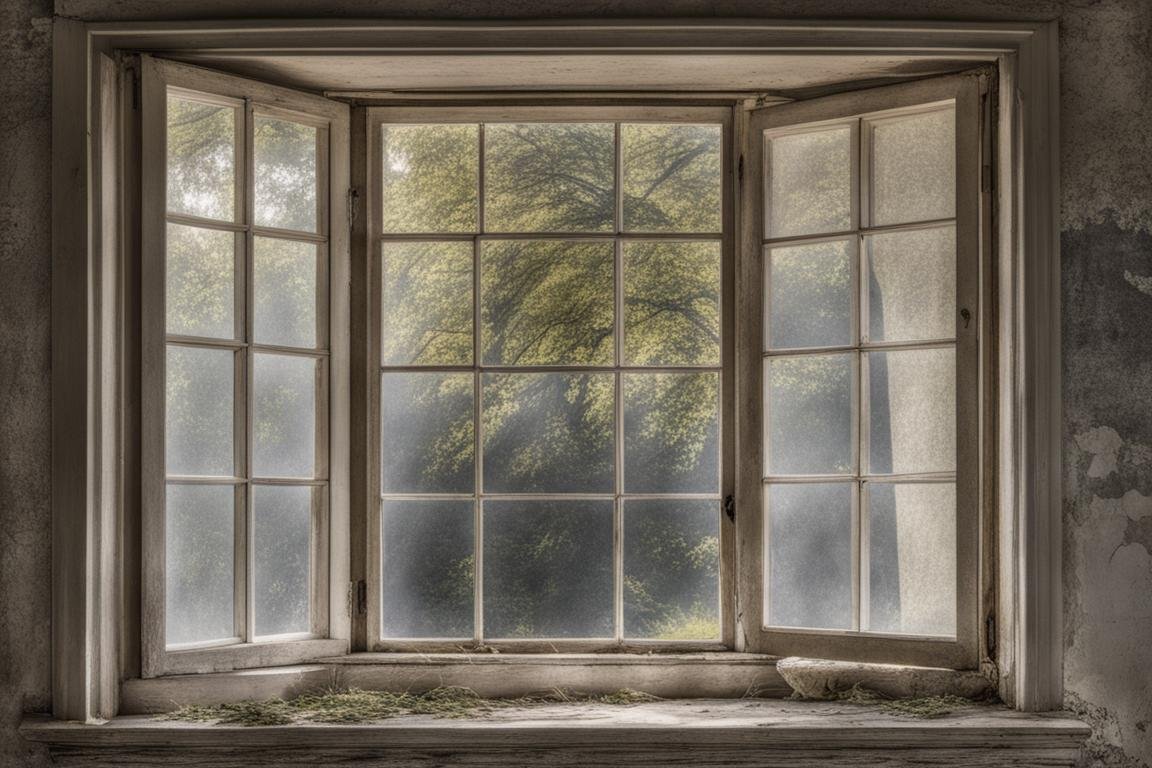
Saki’s “The Open Window” offers a delightful twist on the ghost story genre, blending humor with suspense. The tale, revolving around a practical joke gone too far, explores the power of storytelling to conjure phantoms more real than those that lurk in graveyards.
Insider Tip: Consider how Saki plays with the reader’s expectations, turning the conventional ghost story on its head.
5. The Willows by Algernon Blackwood

“The Willows” by Algernon Blackwood is a masterpiece of natural horror, where the landscape itself is imbued with a malevolent life force. Its an exploration of the thin veil between the known and the unknown, with the ghostly elements serving as metaphors for nature’s indomitable, mysterious power.
Insider Tip: Pay close attention to Blackwoods descriptive prowess, which transforms the natural setting into a character as complex and menacing as any ghost.
6. Oh, Whistle, and Ill Come to You, My Lad by M.R. James

M.R. James, a master of the antiquarian ghost story, delivers chilling terror in “Oh, Whistle, and Ill Come to You, My Lad.” The story’s academic protagonist unwittingly summons something uncanny with an ancient whistle, leading to a night of unforgettable horror. James expertly weaves folklore with academic curiosity, creating a narrative that warns of the dangers lurking in forgotten histories.
Insider Tip: Observe how James builds suspense through the protagonists skepticism, making the eventual encounter all the more terrifying.
7. The Yellow Wallpaper by Charlotte Perkins Gilman

Charlotte Perkins Gilman’s “The Yellow Wallpaper” is a harrowing tale of psychological descent. The protagonists fixation on the wallpaper in her confinement room becomes a powerful symbol of women’s oppression and the struggle for self-expression. While not a ghost story in the traditional sense, the haunting imagery and metaphorical specters offer a critique of societal norms as confining as any haunted mansion.
Insider Tip: Consider the ghostly figures as manifestations of the protagonists stifled creativity and autonomy.
8. The Turn of the Screw by Henry James
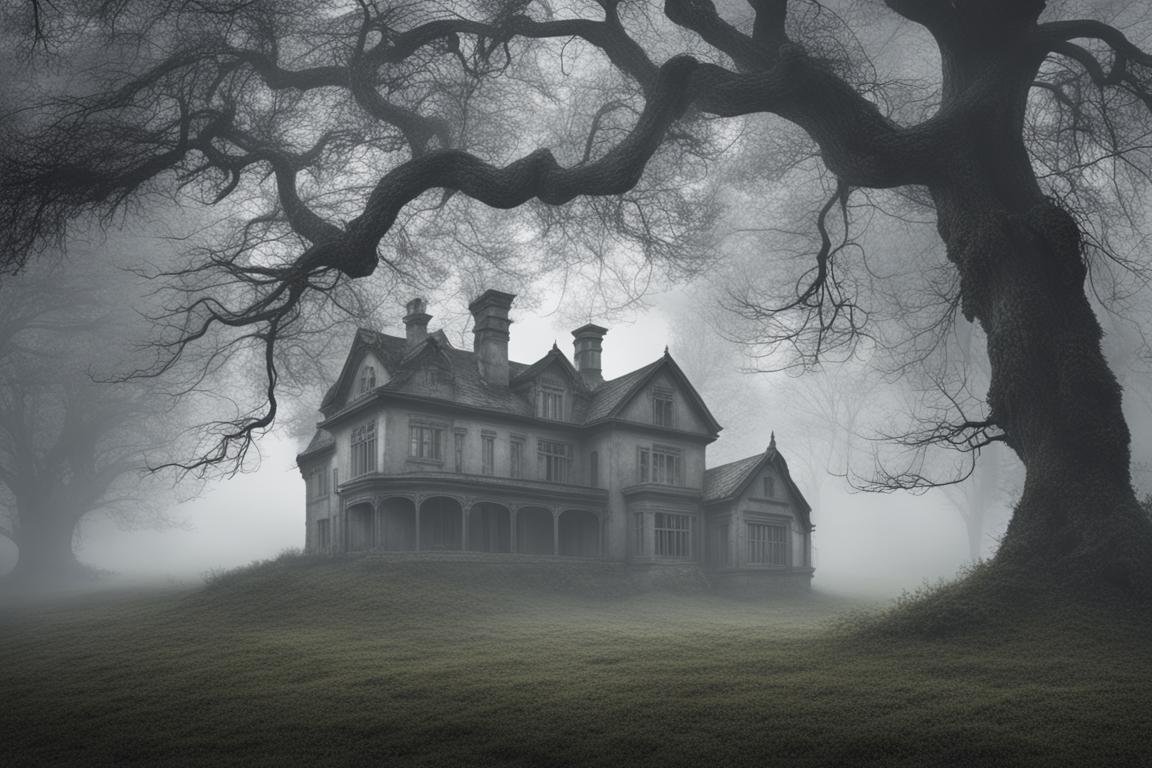
“The Turn of the Screw” is Henry James’s foray into the ambiguous and the supernatural. The novella’s unreliable narrator and her tale of two possibly possessed children create a claustrophobic atmosphere charged with psychological tension. James invites readers to question the reality of the ghosts, making the story a fertile ground for interpretation.
Insider Tip: Pay attention to the narrative ambiguity; Jamess craft lies in the spaces between the said and the unsaid.
9. The Haunting of Hill House by Shirley Jackson

Shirley Jackson’s “The Haunting of Hill House” is a cornerstone of American horror literature, blending psychological insight with supernatural elements. The story, centered on a supposedly haunted mansion and its effect on a group of investigators, explores themes of belonging, identity, and the human minds capacity for self-deception.
Insider Tip: Note how Jackson uses the house itself as a metaphor for the inner turmoil of her characters.
10. The Woman in Black by Susan Hill
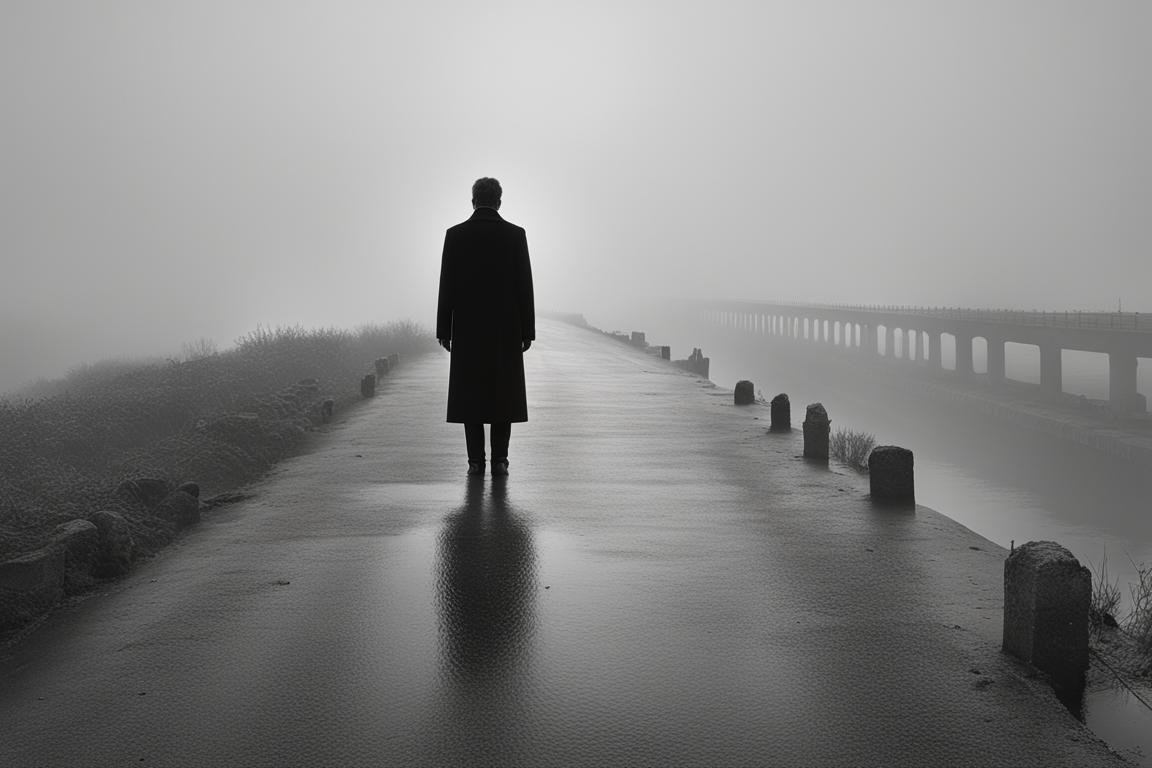
Susan Hill’s “The Woman in Black” is a haunting return to the classic English ghost story, complete with a desolate setting, a vengeful spirit, and a spine-chilling narrative. Hill crafts a timeless tale of loss and retribution, proving that the appetite for a well-told ghost story transcends the ages.
Insider Tip: Observe the meticulous construction of atmosphere, crucial in evoking the sense of dread that permeates the novel.
Conclusion
These ten classic ghost stories offer more than mere chills; they serve as a lens through which we can examine our own fears, desires, and the ever-present question of what comes after. Through their spectral characters and haunted settings, they delve into the depths of the human experience, reflecting the universal and timeless nature of our fascination with the afterlife and the unknown. Whether as metaphors for societal issues, psychological explorations, or chilling tales of the supernatural, these stories prove that ghosts in literature are more than just figures meant to scare; they are manifestations of our deepest anxieties and most enduring questions.
From Dickenss industrial landscapes to Jacksons psychological hauntings, each story weaves a unique tapestry of fear and fascination, proving that the best ghost stories are those that linger long after the last page is turned, haunting the reader with questions that defy easy answers.
Answers To Common Questions
Who are ghosts in literature typically portrayed as?
Ghosts in literature are often depicted as restless spirits of the deceased.
What is the significance of ghosts in literature?
Ghosts in literature symbolize unresolved issues or represent the past.
How do authors use ghosts to enhance their stories?
Authors use ghosts to add an element of mystery or to convey a sense of the supernatural.
Why do some readers find ghosts in literature unsettling?
Some readers may find ghosts unsettling due to fear of the unknown or belief in the paranormal.
What are common themes associated with ghosts in literature?
Common themes include redemption, unfinished business, and the afterlife.
How can ghosts in literature evoke emotions in readers?
Ghosts in literature can evoke fear, sadness, or nostalgia, depending on the context and portrayal.


